Case Study
-
United States -
United Kingdom -
India -
France -
Deutschland -
Italia -
日本 -
대한민국 -
中国 -
台灣
-
-
产品组合
查看所有产品Ansys致力于通过向学生提供免费的仿真工程软件来助力他们获得成功。
-
“Ansys was instrumental in our design process. Beyond providing engineering expertise, they granted us access to their powerful simulation clusters. With full access to Ansys and their Learning Hub, FaSTTUBe was able to conduct in-depth analyses of CFRP layups and mechanical investigations. This significantly reduced both costly testing time and vehicle mass, which is especially critical for components like wheels that contribute to rotational and unsprung mass."
— Jonas Pagel, Vehicle Dynamics Engineer, Formula Student Team of TU Berlin
A reduction in the weight of a racing vehicle can lead to significant improvements in its performance abilities, resulting in enhanced acceleration, handling and responsiveness. Particularly, a reduction in the unsprung corner weight, which is largely comprised of the tires and wheels, can improve the car’s ability to maintain contact between the tires and the road surface. To reduce the unsprung corner weight, decreasing the weight of the wheel itself through a concept of a new lightweight part using composite materials with additive manufactured components was a challenge to address.
Challenges
The main challenge was to develop a component combining topology optimization as well as carbon-fiber-reinforced plastic (CFRP) layups while maintaining structural integrity and saving weight. As the developed part is supposed to be manufactured, detailed analysis and layup plots of the CFRP wheel have to be generated. To determine the ideal composite, material testing according to respective standards was performed. The bead of the wheel was optimized using parametrized CFRP layup sequences defining thickness and width.
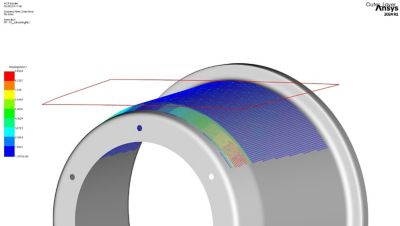
Draped surface ply
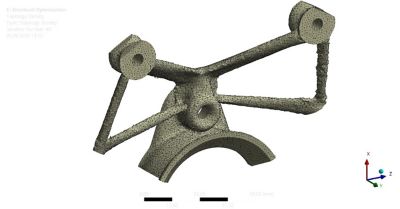
Surface model generated by level-set topology optimization
Engineering Solutions
The generation of draped-ply simulation and parametrized layup optimization was a handy tool in determining and justifying the best layup decisions. Parametrizing the ply width and angle of fibers greatly helped optimize the CFRP wheel in ACP.
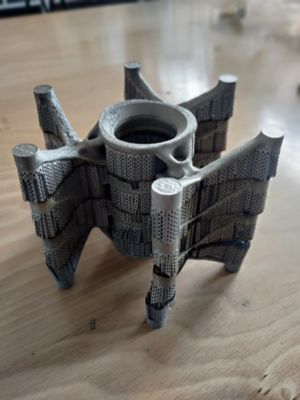
3D printed titanium rim stars, including support structures
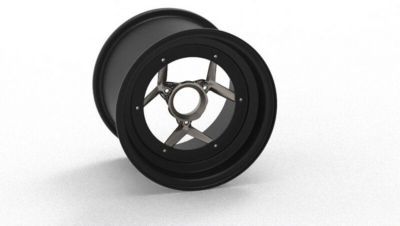
Rendering the CFRP rim with final rim star
For the topology-optimized rim star, comparing materials with different properties helped the team decide on the best solution in terms of weight and stiffness. The rim star compared different materials through topology optimization, showing that a part made from titanium had the largest potential. The optimal combination to minimize compliance while maintaining favorable suspension dynamics was then chosen and manufactured for the FaSTTUBe race cars.
Benefits
Through the intiuitive user interface and tools of ACP and Mechanical software, the team was able to quickly identify points of action. They could see areas that were of high and low interest in the optimization. As a result, the optimized wheel was considerably lighter than the established benchmarks, reducing the rim weight by 25% and the overall vehicle weight by 1.6 kg while maintaining structural integrity. Future work will validate the developed part on track.

Inflated tires on optimized CFRP rim
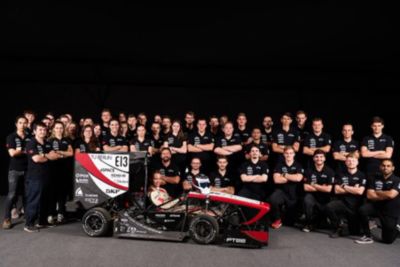
FaSTTUBe team
现在就开始行动吧!
如果您面临工程方面的挑战,我们的团队将随时为您提供帮助。我们拥有丰富的经验并秉持创新承诺,期待与您联系。让我们携手合作,将您的工程挑战转化为价值增长和成功的机遇。欢迎立即联系我们进行交流。










